May 30, 2025 | 03:23 GMT +7
May 30, 2025 | 03:23 GMT +7
Hotline: 0913.378.918
May 30, 2025 | 03:23 GMT +7
Hotline: 0913.378.918

Harvesting tea in Lam Dong, Vietnam. Photo: Nguyen Thuy.
Tea and coffee are important export agricultural products of Vietnam, but they do not have much presence in India, although this is a large consumption market and there is a need to import these items.
According to Ms. Nguyen Thi Thu Thuy, Deputy Director of the Export Support Center under the Department of Trade Promotion (Ministry of Industry and Trade), Vietnam currently has 130 thousand hectares of tea, with an output of 192,000 tons of dry tea per year.
Vietnamese tea is grown in many localities with differences in climate and soil, so there are many precious tea varieties with distinctive flavors.
Vietnamese tea has been exported to more than 70 countries and territories.
Vietnam has a coffee area of over 664 thousand hectares, with an output of over 1.5 million tons of beans. Vietnamese coffee has been exported to more than 80 countries and regions.
Tea and coffee have been exported to many markets and Vietnam is currently the second largest coffee exporter in the world. India is a market with great potential, but exports of tea and coffee of Vietnam to this market are still quite modest.
“India is one of the largest tea producing and consuming countries in the world. The awareness of Indian consumers about the health and medicinal benefits of green and organic tea is growing and also contributing to the growth of the tea market. Besides, the increasing spending ability of consumers, coupled with the growing online retail channels, is expected to drive the growth of the Indian tea market. Vietnam tea producers should take advantage of these trends when export tea to India’s market,” Ms. Nguyen Thi Thu Thuy says.
For coffee, India is the sixth largest producer in the world. As a major producer, India imports a large amount of coffee for export processing. Coffee bean that India imports mainly comes from Vietnam, Indonesia, Uganda and Kenya.
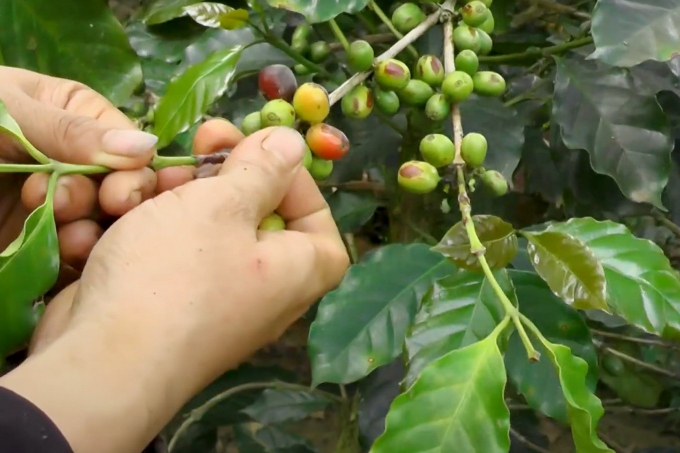
Farmers harvest Arabica coffee. Photo: Thanh Son.
According to Ms. Nguyen Thi Thu Thuy, the above characteristics of the Indian market are an opportunity for Vietnamese tea and coffee enterprises to boost exports to this potential market.
At a recent event, Mr. Do Duy Khanh, First Secretary of the Vietnam Trade Office in India, says that India is the world's largest tea consumer in terms of population size and consumption habits. India is also the world's leading tea exporter. In 2021, India's tea exports reached US$ 756 million.
Despite being a large producer and getting much support from the government, India's tea production is not sufficient for both domestic consumption and export. Therefore, India is also a major tea import market in the world. India's tea imports, in addition to serving consumption in the domestic market, are also for processing and export purposes. This is an opportunity for Vietnamese tea to enter this market.
In the 2020 - 2021 crop year, India's coffee output was 309 thousand tons, of which 70% was for export and 30% was for domestic consumption. In the first 11 months of 2021, India imported US$ 115 million of coffee, with the main sources were Indonesia, Kenya and Vietnam.
According to the Department of Trade Promotion, although Vietnam and India have similar natural conditions, they are two markets that can complement each other. With a population of over 1.4 billion, India is a huge consumer market. Vietnam can export to India many agricultural products, including tea and coffee.
Mr. Do Duy Khanh says that, in the past, Vietnam was the largest supplier of imported coffee to India. But Vietnam's coffee imports into India have been on a downward trend for the past few years and Vietnam has dropped to the 3rd position in the largest coffee export markets to India.
The reason is that India imports coffee mainly as raw materials for export processing, so Indian traders prefer to buy coffee from cheaper sources such as Indonesia, Kenya, etc.
It is worth noting that a number of Vietnamese processed coffee products, especially instant coffee, have just been introduced in India in small quantities, but are favored by many Indian consumers.
As Mr. Khanh shares, the Vietnamese Embassy in India often gives Vietnamese coffee as a gift to Indian partners and friends during working sessions or holidays. In these occasions, Vietnamese coffee is received with very positively responses. Partners who come to work with the Vietnam Trade Office in India are very interested in using Vietnamese coffee.
Therefore, Mr. Khanh says that while India tends to reduce the import of raw coffee from Vietnam, instant coffee products have the opportunity to penetrate this market, if the acquired Indian standards for food safety, packaging, labeling and FSSAI (Food Safety and Standards Authority of India) certification are guaranteed.
The Vietnam Coffee - Cocoa Association (VICOFA) is implementing a new era of coffee development with two primary objectives: To begin, Vietnam's position as the second biggest producer and exporter of green coffee must be maintained. gender. Second, expand instant roasted coffee exports and boost export revenue to USD 5-6 billion by 2030 under the slogan "productivity, quality, added value."
To accomplish the objectives, VICOFA will work in collaboration with MARD, the Institute of Policy and Strategy for Agriculture and Rural Development, to implement the Scheme for Certification of High-Quality Vietnamese Coffee Brands; continue to re-cultivate and test new varieties of coffee, tea, and cassava that are high yielding and drought-tolerant; and promote trade promotion in the field of processed coffee exports.
Translated by Duc Thuan
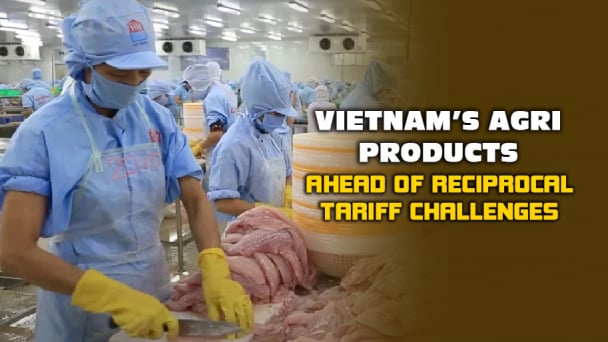
(VAN) Reciprocal tariffs are exerting pressure on U.S. exports, prompting Vietnamese firms to shift their focus to Muslim markets, Thailand, and Brazil.
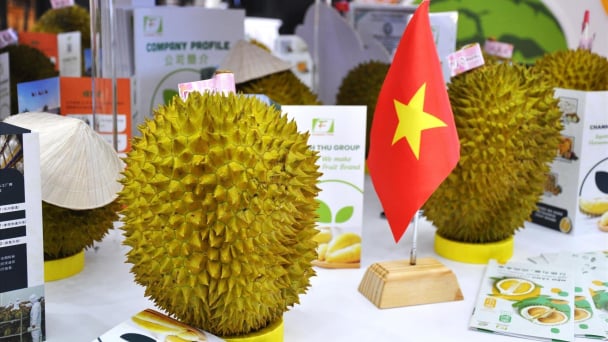
(VAN) A free booth for two years at Xinfadi, Beijing's largest wholesale market, will be allocated to Vietnam's agricultural products.
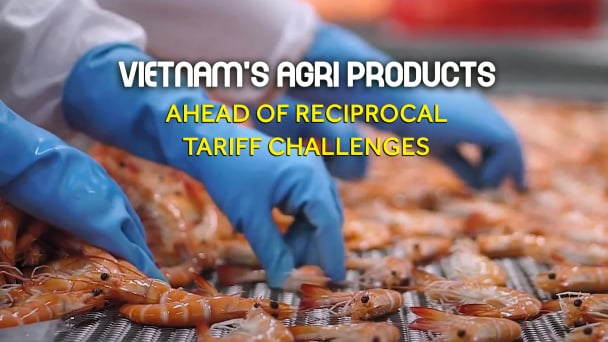
(VAN) Vietnamese shrimp exporters are actively looking for alternative markets and accelerating shipments to the United States in response to the pressure of impending reciprocal tariffs. This is occurring during a temporary tariff suspension.
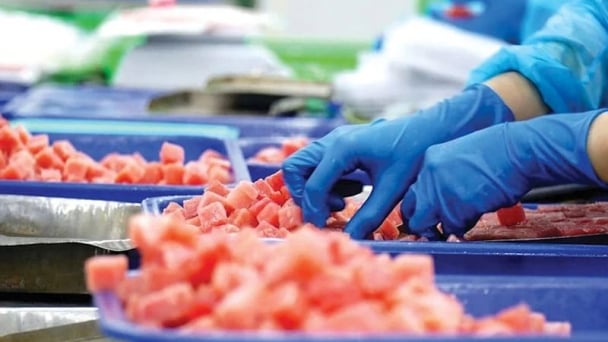
(VAN) The import-export turnover between Vietnam and Singapore rose amid a trade rebound, with machinery, electrical equipment, and fuels making up the majority of the transaction value.
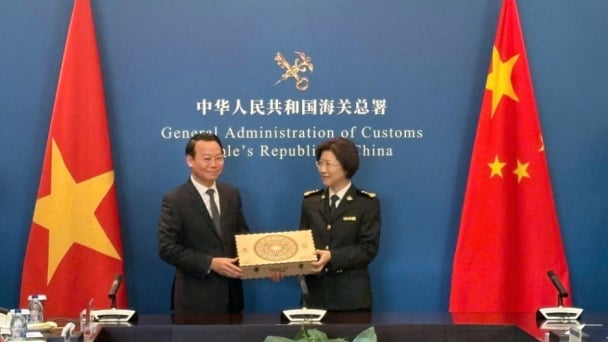
(VAN) Director General of the General Administration of Customs of China, Ms. Sun Mai Jun, has pledged to implement measures that will ease the import process for Vietnamese agricultural products.

(VAN) Although Vietnam is still increasing its coffee exports, the industry is currently in the process of determining market strategies in response to the U.S. imposition of reciprocal tariffs.

(VAN) With rising demand in Muslim-majority countries, Halal certification is becoming a critical passport for Vietnamese agricultural products seeking sustainable market access and consumer trust in the Middle East and Africa.